Laser technology empowers smart manufacturing|Application of 2μm laser in plastic welding
With the continuous advancement of science and technology, laser technology has been widely used in various fields. Among them, laser welding, as an efficient and precise welding method, has been widely used in modern intelligent processing and manufacturing.
Laser welding is a method of precision welding that uses a high-energy-density laser beam as a heat source. By controlling parameters such as the width, energy, peak power, and repetition frequency of the laser pulse, the workpiece is melted and a specific molten pool is formed to achieve the connection. The purpose of the material. It has the advantages of high efficiency, accuracy, wide adaptability, and environmental protection. Laser welding can be applied to the welding of various plastics, metals, and other materials, especially for precision welding of micro-small parts.
Introduction to 2μm fiber laser
In 1988, Hanna et al. at the University of Southampton in the UK achieved a 21 mW output from a thulium-doped single-mode fiber laser for the first time, and the laser output could be tuned in the range of 1880~1960 nm. In principle, the 2μm band is in the safe band for the human eye, has good absorption spectral lines for NO, H2O, CO2, etc., and has the characteristics of high electro-optical conversion efficiency, compact size, and maintenance-free operation, so it can be used in lidar, space communications, biomedicine, material processing and other directions.

At present, the main manufacturers of 2um lasers include Trumpf, IPG, and other companies. The domestic Zhonglei Optoelectronics Company has also launched a 2um fiber laser with the same power.
Application of 2μm laser in plastic welding
Laser plastic welding generally uses the principle of transmission welding. When welding, a specific wavelength band of laser is used as the welding heat source, usually an infrared laser, because the laser in this band has a low absorption rate for most types of transparent or colored thermoplastics, and the laser loses less energy through the plastic. In terms of welding plastic selection, the upper transmission layer should be made of plastic materials with high laser transmittance, while the lower welding layer should be made of materials with a relatively high laser absorption rate. During welding, the laser passes through the upper material and is incident on the surface of the lower material. The lower material has a higher absorption rate for the laser. After absorbing the laser, a large amount of heat is generated at the junction of the upper and lower materials. The heat melts the plastic at the joint surface. After cooling, When a weld is formed at the joint surface, the welding is completed. When welding with a 2μm fiber laser, the beam energy will be deposited at the top few millimeters of almost all plastics. Using this feature, plastic sheets with a thickness of no more than a few millimeters can be welded without additives. This process is called “direct laser welding” and is different from the principle of “transmission laser welding”. Direct laser welding is not yet widely used for plastic welding. Its typical application is transparent to transparent plastic welding, which has the potential for wide application.
Advantages of laser plastic welding
Welding has the following advantages:
① Non-contact welding: Laser welding uses non-contact welding, which avoids problems such as mechanical stress and vibration in traditional welding methods, thereby protecting the structure and performance of plastic products.

② High-precision and high-quality welding: Since the wavelength and spot size of the 2μm laser are more suitable for the absorption and welding of plastics, high-precision, and high-quality welding can be achieved. Ultra-fine welding can be achieved by shaping the spot of the 2μm laser. In addition, due to the concentrated heat and small heat-affected zone of laser welding, clear welds and smaller heat-affected zones can be obtained.
Specific applications of laser plastic welding
At present, 2μm laser plastic welding technology has been widely used in many fields such as medical, electronic, and electrical appliances due to its high efficiency, accuracy, and environmental protection.

① Medical field: 2μm laser plastic welding technology plays an important role in the manufacturing of medical devices. It can be used to weld endoscopic capsule shells, blood analysis instruments, microflow control equipment, disposable infusion equipment, and medical electronic equipment tubes. This technology can replace the traditional adhesive process and is specially used to weld plastic products in the medical field. It does not require flux, has high welding strength, and has stable performance. At present, precision medical equipment including cardiac stents, gastroscope biopsy forceps, earwax protectors, balloon plastic catheters, and other precision medical equipment are commonly processed by laser welding. In particular, balloon plastic catheters, as a plastic medical interventional device used for the dilation treatment of upper gastrointestinal tract strictures, are currently widely processed by laser welding. A 2 μm laser can be used to process the balloon catheter. During processing, the laser beam is directly emitted to the surface of the plastic that absorbs the laser, causing the plastic to melt and achieve welding. Advanced laser welding technology can achieve a seamless connection between the balloon head and the tube body, allowing the balloon catheter to advance unimpeded in curved and narrow diseased blood vessels, minimizing damage to blood vessels, and making the operation safer. In the future, the introduction of more advanced laser welding technology is expected to further reduce the outer diameter of the balloon dilatation catheter tip.

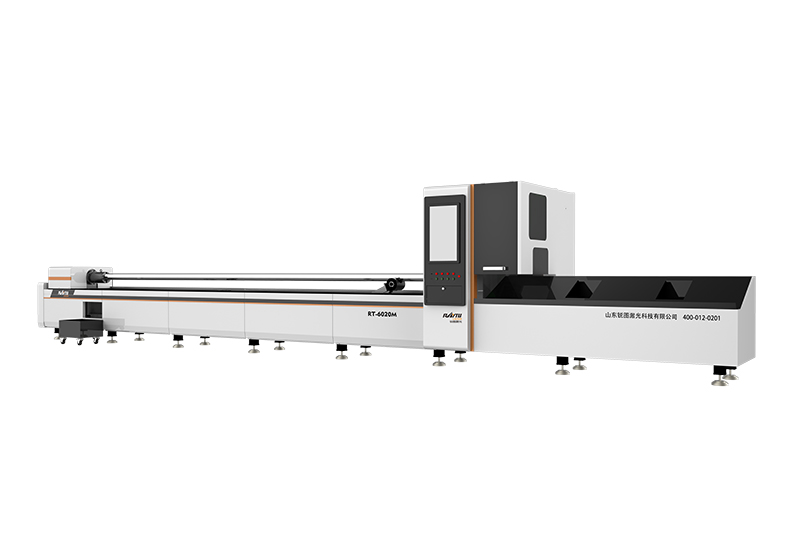
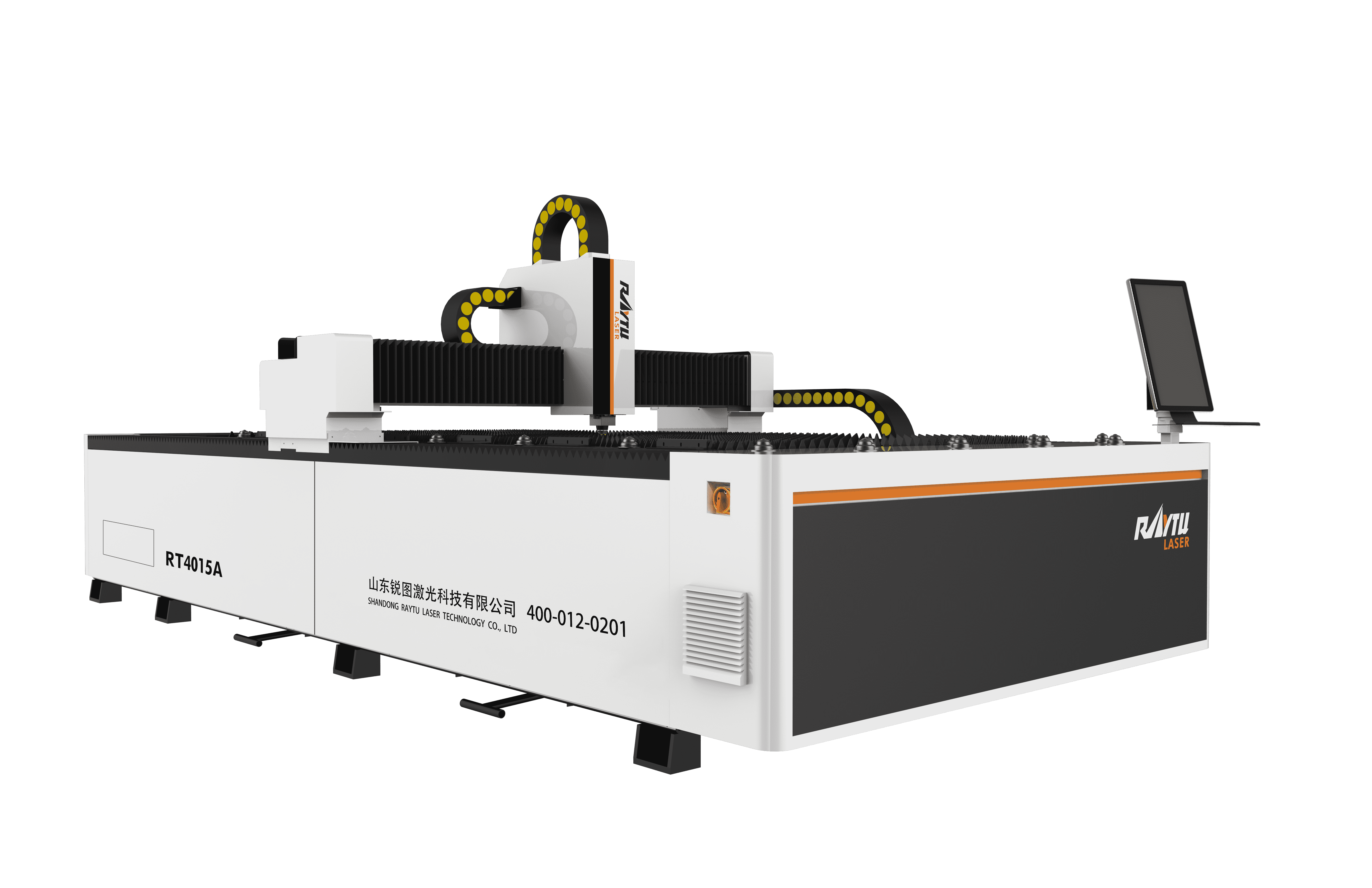
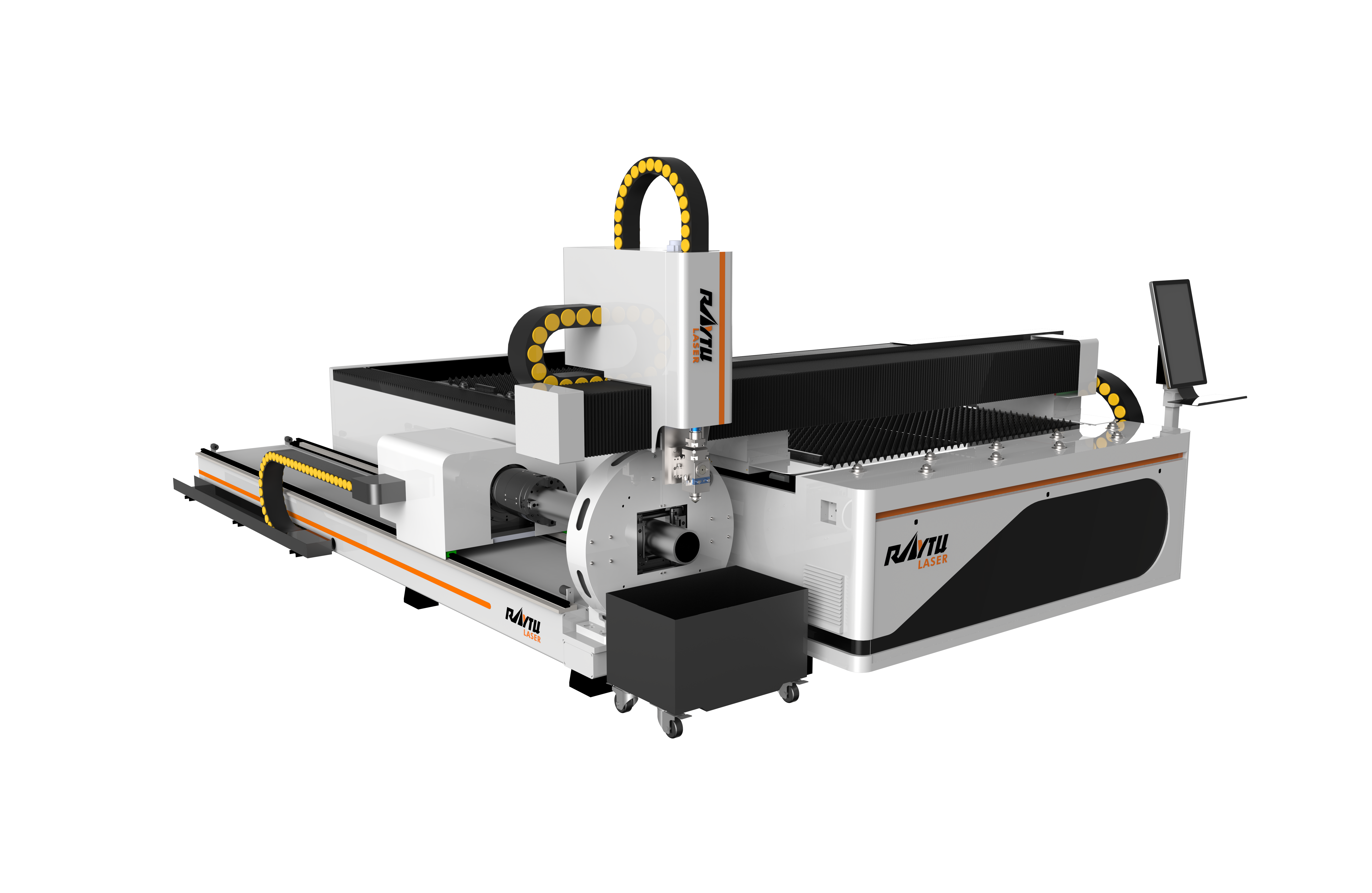


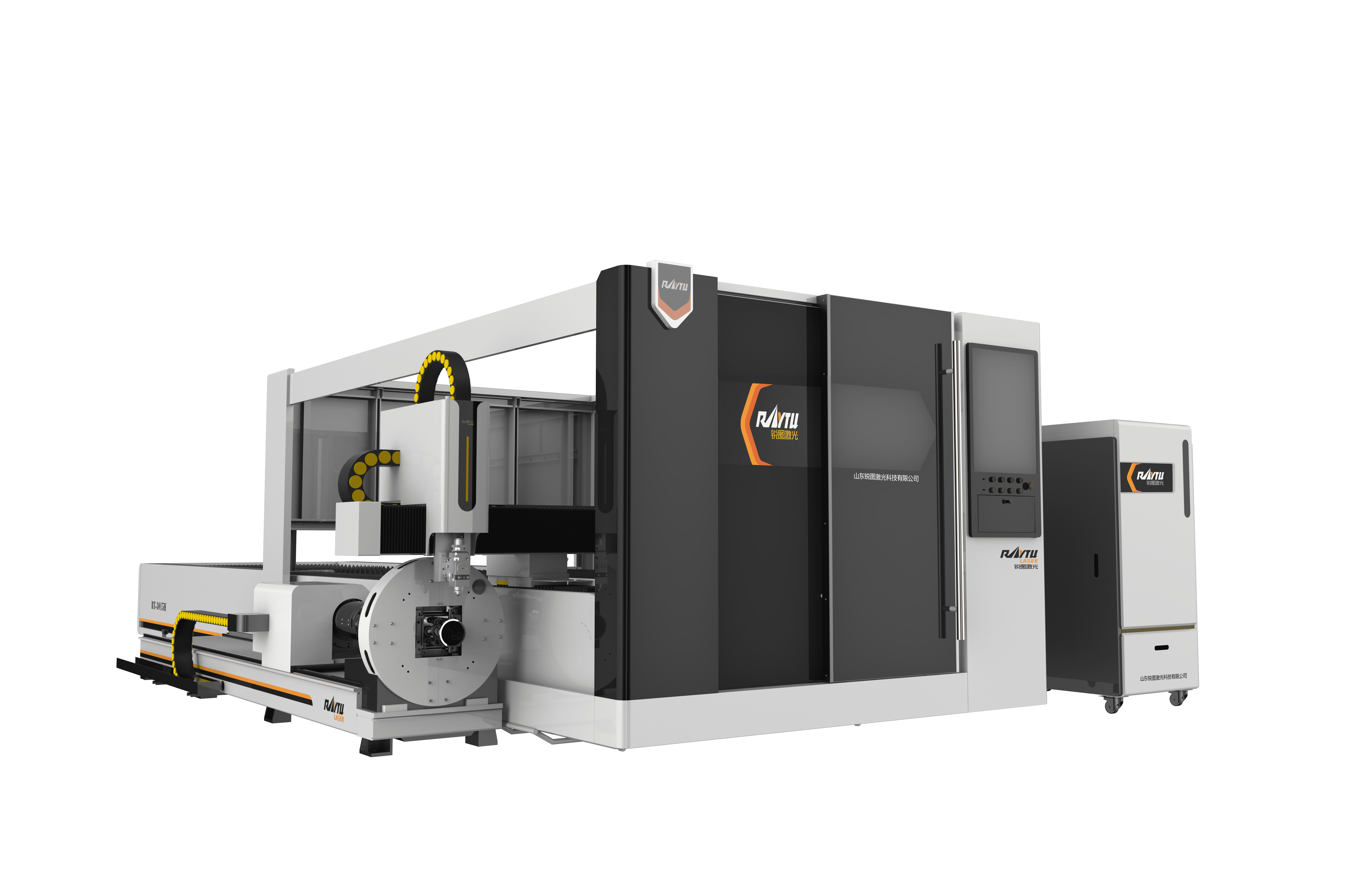
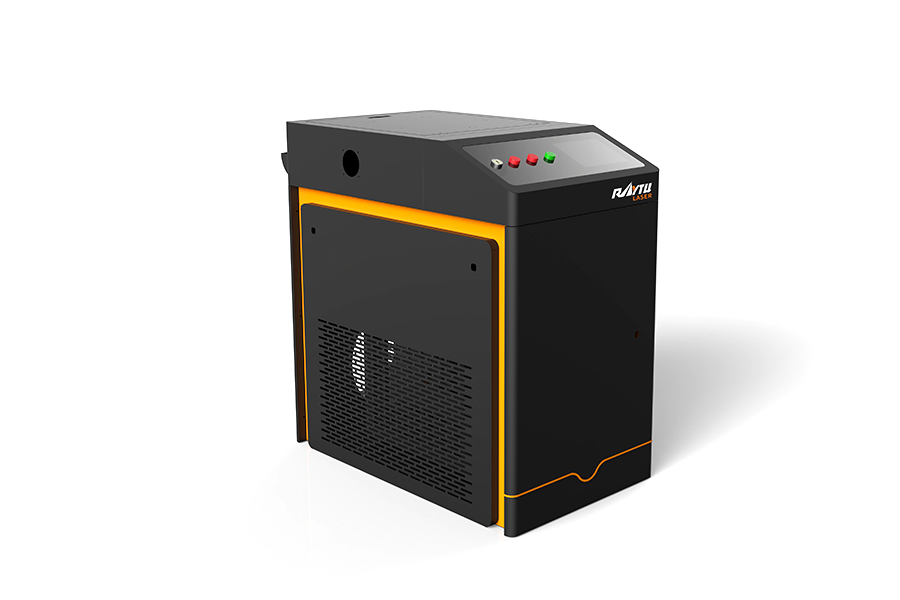
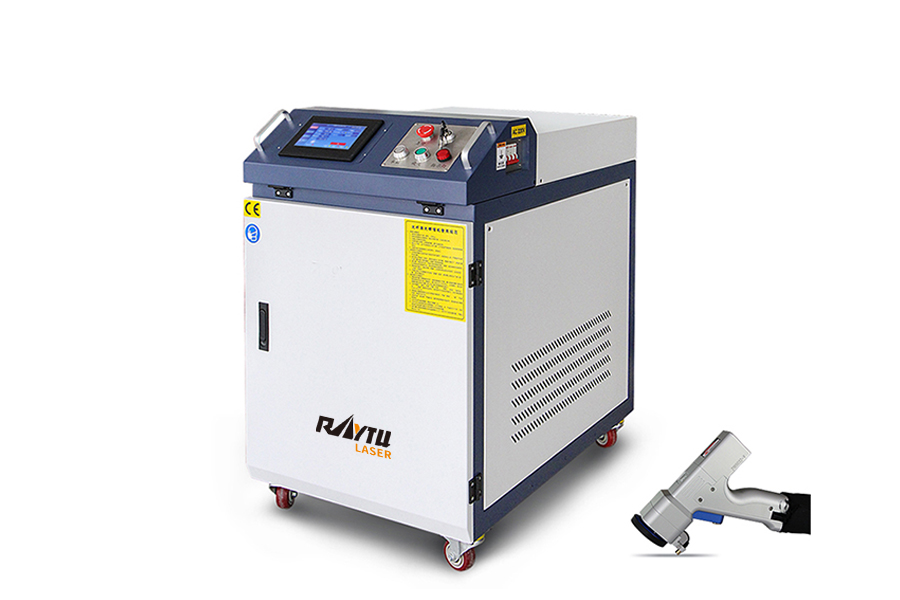
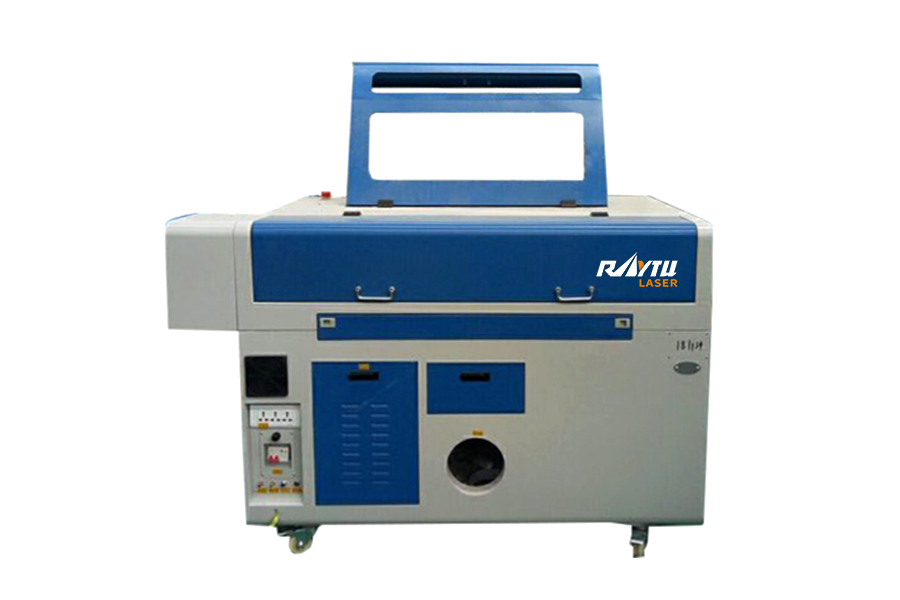






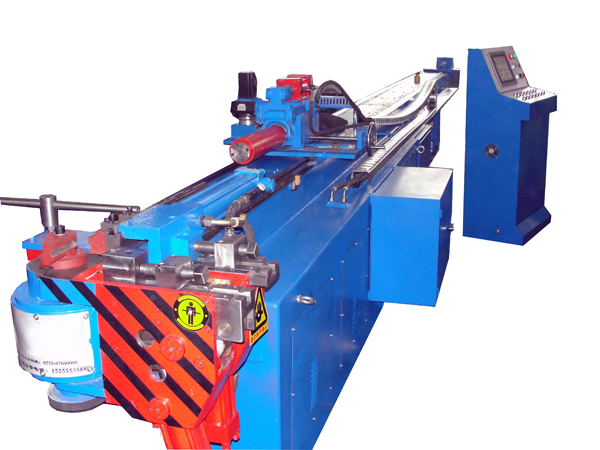
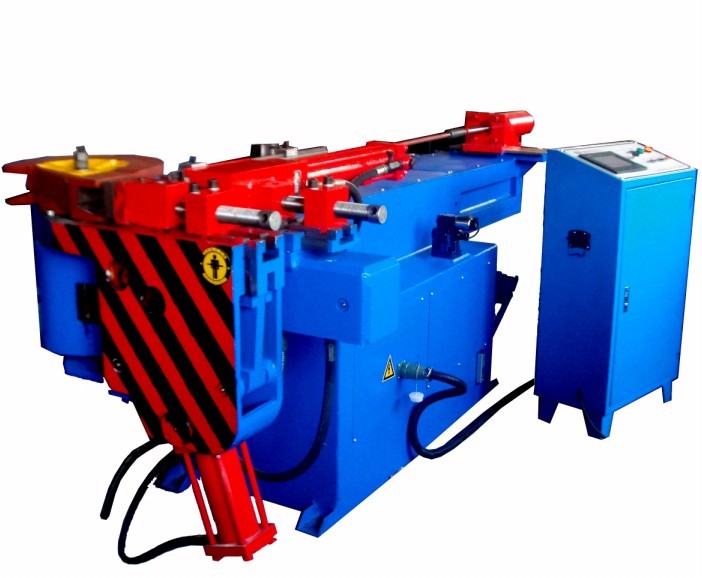
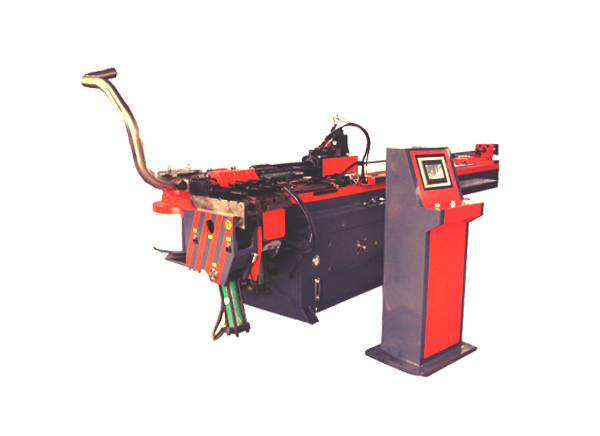


 0531-87978823
0531-87978823 +86 16653132325
+86 16653132325 sales01@raytu.com
sales01@raytu.com Contact us
Contact us